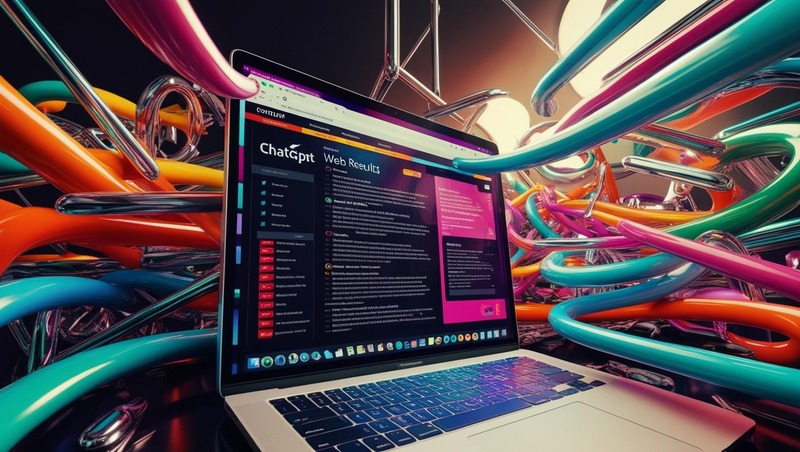How to track Digital Visibility on AI Search Engines?

Artificial Intelligence changed the meaning of digital visibility. Although search engine rankings continue to play an important role, but position tracking isn’t enough these days. Nowadays, getting your brands mentioned in AI conversations and searches are also important. But how can you monitor them? In this article, we will try to redefine the meaning of digital presence in the AI-based search era, and review some of the tools that track digital visibility on AI tools.
The Challenges in Tracking Digital Presence in AI Tools
When searching Google, people usually use a keyword or a longer phrase. Many tools can provide information about these keywords’ search volume, and it is relatively easy to optimize the content to match the users’ queries. When searching ChatGPT, Claude, Perplexity or other AI tools, the queries are more conversational and complicated.
For example, instead of asking Google about “best laptops 2025”, we may ask ChatGPT to “please recommend 5 laptops for office work that cost less than 1,500$”.
From the users’ point of view, using AI tools for search is easier and more convenient – why browse 10 different websites when you can get a summarized answer on the spot? The AI information is not always correct and reliable, but you can always switch back to Google to verify or explore further.
But for SEOs, this change is challenging. As of now, we can’t know exactly what users are asking the AI and which websites are mentioned in its replies. Traditional tracking tools continue to track exact match keywords’ position, ignoring the fact that the actual search looks completely different.
Alternative Metrics to Google SERP
Classic SEO metrics are still relevant. Yet, SERPs and links are not necessarily related to mentions and citations in the AI chatbots replies. The relevant metrics include the brand’s mentions, citations, Share of Voice and more.
Mentions: How many times was the brand, or its’ competitors, mentioned in the AI replies?
Citations: How many times have the AI replies included links to your or your competitors’ websites? Mentions are important, but links can also send traffic to your website and offer relevant data and insights.
Prompts: Which users’ prompts lead to a mention or a citation of your website or your competitors?
Context and Sentiment: Is your website mentioned as a first recommendation or at the bottom of the long list of recommendations? Is the context positive, neutral of unclear?
Share of Voice: What is the share of relevant AI replies that mention your brand comparing to your competitors?
Links Destination: Are the links lead to the homepage or to inner pages (such as products, blogs, etc.)?
Tools for AI-based Visibility Tracking
The good news is that the market for AI-search tracking tools is developing fast. Yet, most tools are still growing and focus on specific platforms or metrics.
SEMrush – for position tracking in ChatGPT.
Otterly.AI – for monitoring the brand’s content in AI-based search engines and Google’s AI Overviews.
Profound – for monitoring brand’s presence in AI-based search engines and real-time insights about search volume.
Peec AI – for prompt monitoring, competitors’ analysis, historic trend comparison and recommendations.
Goodie – for AIO (AI optimization), including prompt tracking, content optimization and content creation.
RankRaven – for brand mentions and share of voice.
Am I on AI – for presence monitoring in ChatGPT.
These are some of the tools that are currently available for monitoring and tracking brands’ presence in AI based search engines. Note that this area is still relatively new, and many tools are in their beta versions and may offer limited functionality. Still, they are the first step in creating new standards for measuring brands’ visibility in the AI search era.

